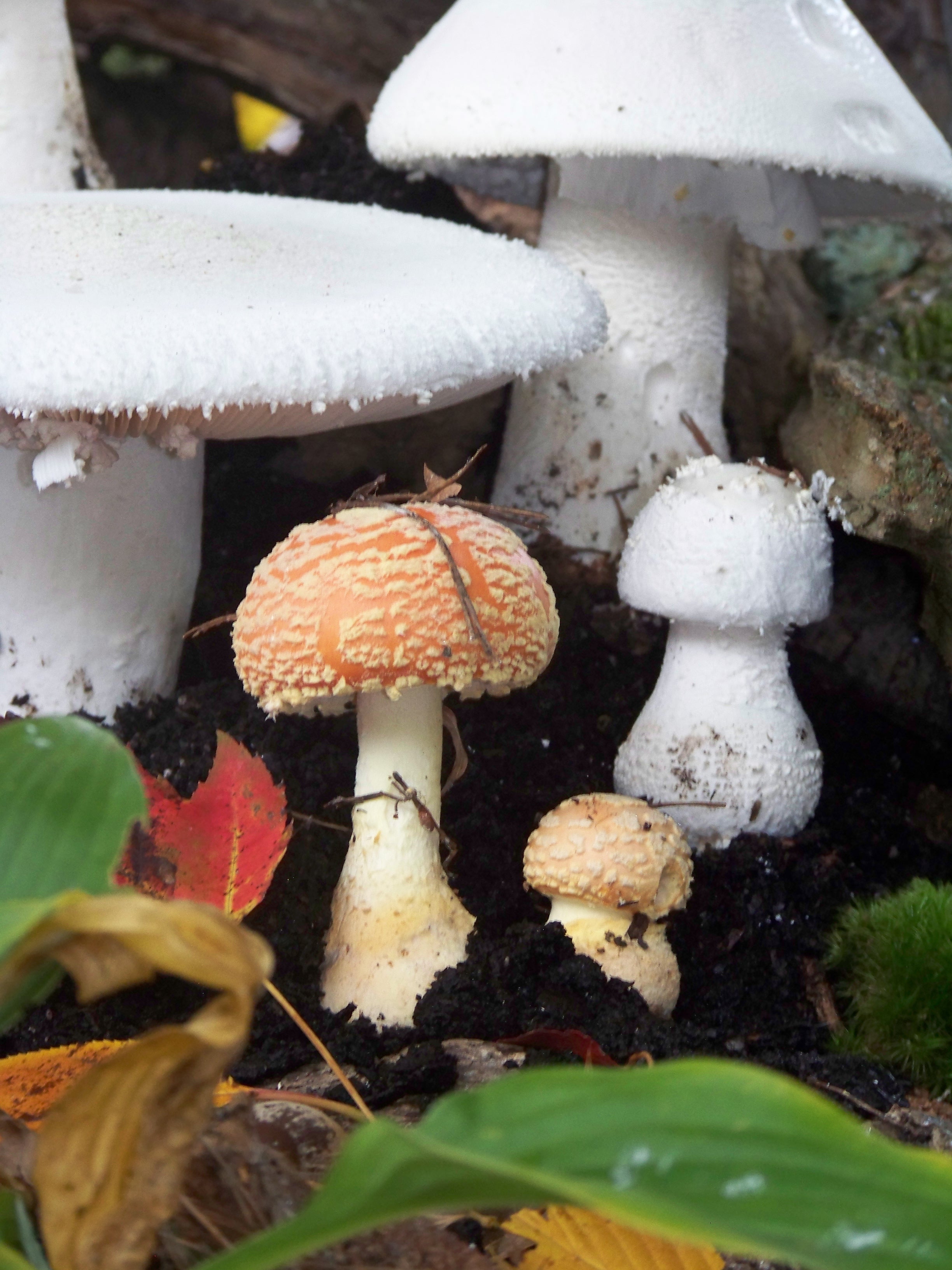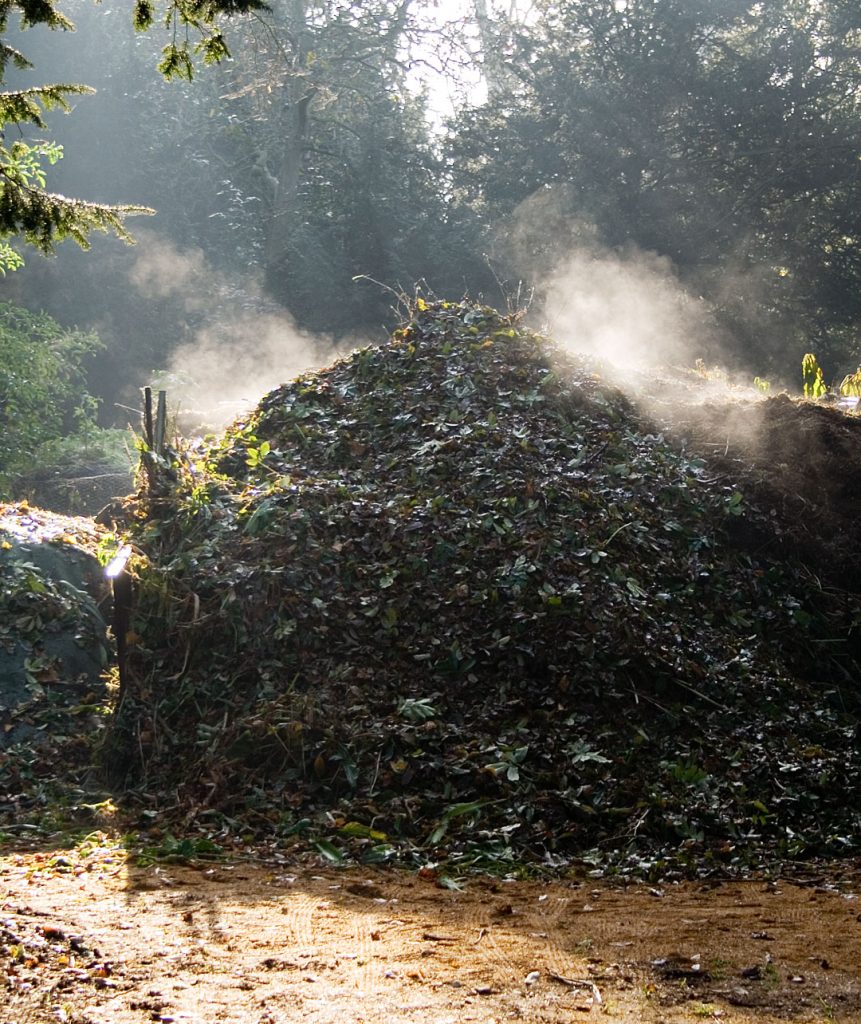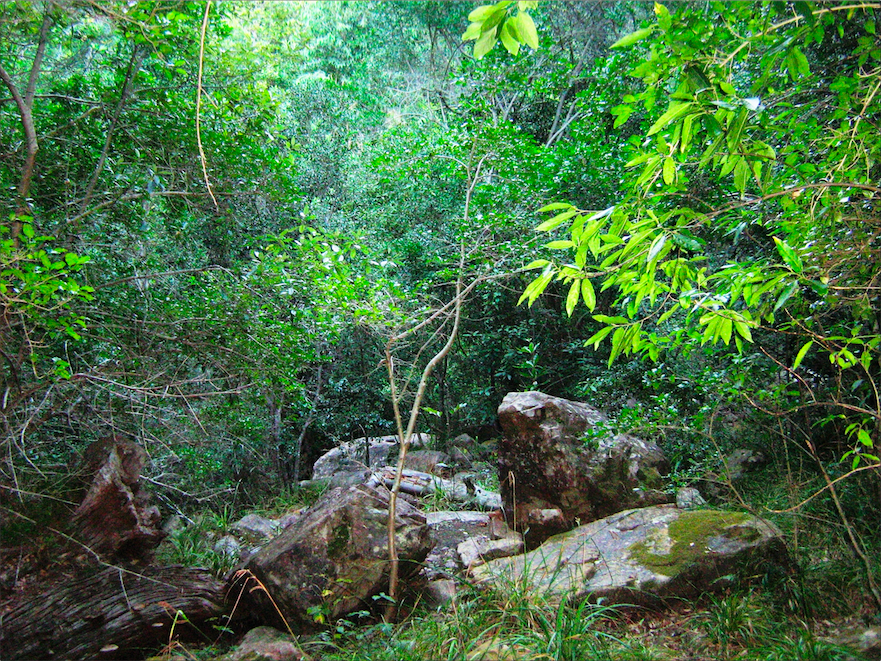Turn Failed Sustainability Startups Into Fertile Soil/Humus For New Ones – By Making Them Open Source
EN
I have this idea for a while now and after my first interaction with the sustainability startup accelerator Climate KIC in Milan yesterday I decided to use the time on the train back to Berlin to finally share it. It starts with the question: How to make quicker progress with sustainability in the world of Startups? Here is an answer:
9 out of 10 startups fail in the first 3 years. This happens for many reasons: not the right time, not the right place, not the right team, not the right idea/solution, not the right context, and more…
The lack of quality of the solution is only in few cases the main reason. The solution might be good but the startup fails anyway for one of the others reasons. But when it has failed often the fully developed solution (a working prototype or even complete product) gets buried on some hard drives first and is lost a little later completely when those hard drives are buried. The entrepreneurs are busy with other things.
This is sad for sustainability reasons. Because a lot of time, money and energy has already gone into the development of the solution. Many technical problems were solved, many questions were answered. But this knowledge and the possibilities attached to it get lost on these buried hard drives. The progress that was made for sustainability is gone again.
Maybe the reason for the fail really was just bad timing and the same idea would work beautifully one year later or in another context. But the new team has to start from scratch and reinvent the wheel. And a lot of energy is already used up when they get to the point where the others have failed. This dynamic is really bad for sustainability where we need to be quicker and smarter. This is – as said – unsustainable itself.
So here is a simple idea for that: How about a fund where startups that have just failed or are about to fail go to and ask one more time for some last funding. They receive something between 5 000 to 10 000 Euros and this money is used to document the solution extensively and put it online under an open license – in short: they OPEN SOURCE it! Make it possible for others to study, build upon, distribute, make and sell the solution. To bring it to live after all.
The fund or institution behind it supports that process. It makes sure everything is done well, helps with the licensing questions and ensures that the data is well spread (on several platforms!) and promoted.
This could be fantastic! The solutions of dead sustainability start ups become humus for new ones:
(1) Some solutions really might get picked up by a new team with a fresh perspective.
(2) Often probably just parts get reused by other startups, for example the choice of materials or collected data.
(3) Maybe large companies pick up some solutions and end up becoming more sustainable.
(4) Even completely new ideas can be inspired and made possible for example when different solutions are combined with each other.
(5) Or maybe even the entrepreneurs themselves finally find a way to make their idea work with the opportunities of Open Source!
This “graveyard” of open sourced sustainability startups/solutions could be a fertile ground for a lot of new flourishing live and fruitful activities for sustainability.
For an institution or accelerator with the goal to support sustainability through startups this could be a very smart way and an opportunity to make more and more lasting impact. Sustainability is about opportunities for complex ecosystems!
How this would work in every detail is not for me to flesh out here. Whoever picks this up will have their own ideas anyway. But it is for sure an interesting path to explore! And I was really happy to learn in Milan, that within Climate-KIC the discussions if patents really make sense when we want to save the climate have begun! A real sustainable circular economy will only work with Open Source solutions and here we have a great angle to start this from. Instead of throwing things away (dead start ups) make sure they can be reused using Open Source.
And I just want to add that me and my colleagues from the OSCEdays and Opent It Agency are here to help with the “proper Open Source” part – here from Berlin to (literally) the other side of the globe (New Zealand).
UPDATE: The same idea in the program of the german party „Demokratie in Bewegung“
_______
Image Credits
1 – by Shantimarie, CC-BY-SA | 2 – by Andrew Dunn, CC-BY-SA | 3 a – SuSanA Secretariat, CC-BY | 3 b – by Tsaag Valren, CC-BY-SA| 4 – by Luis Miguel Bugallo Sánchez, CC-BY-SA | 5 – by S Molteno, public domain




